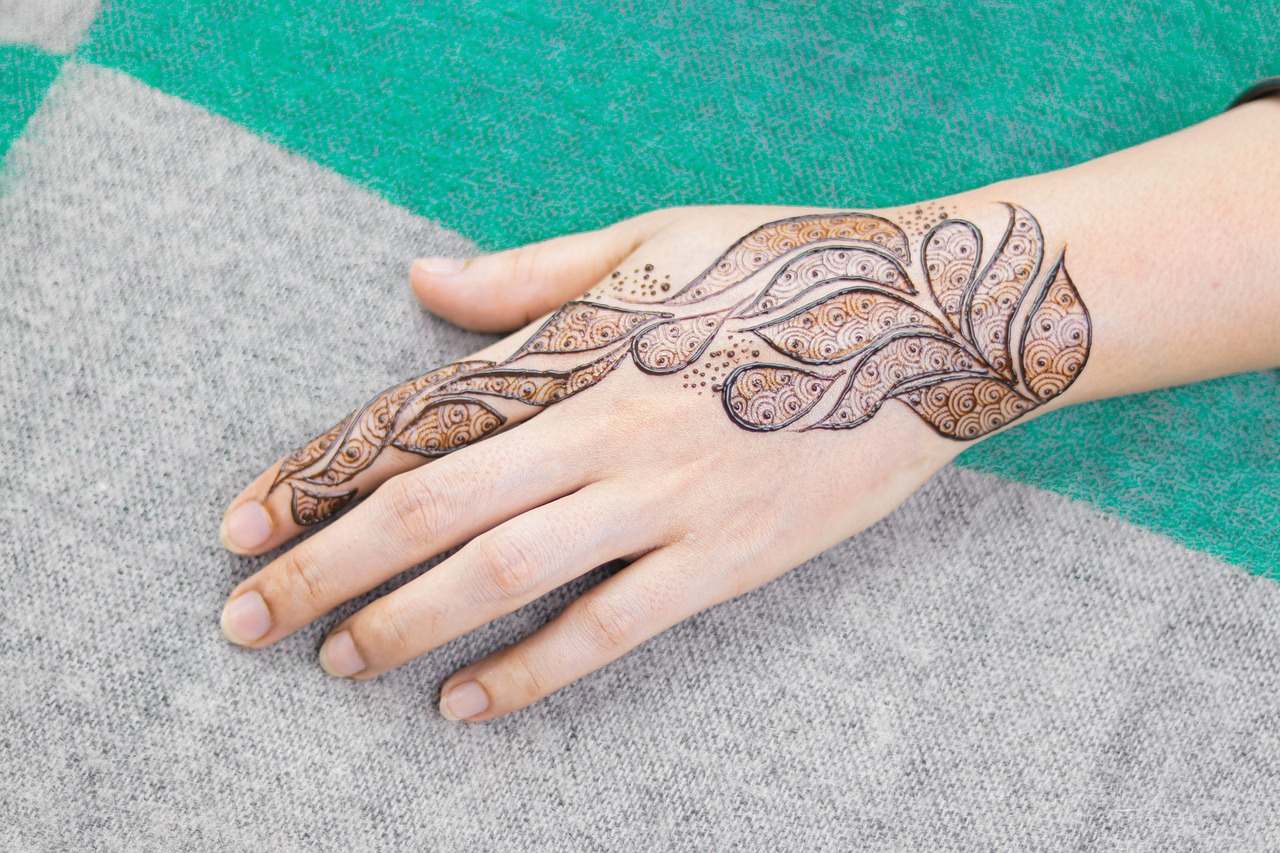Understanding Arabic Mehndi Designs
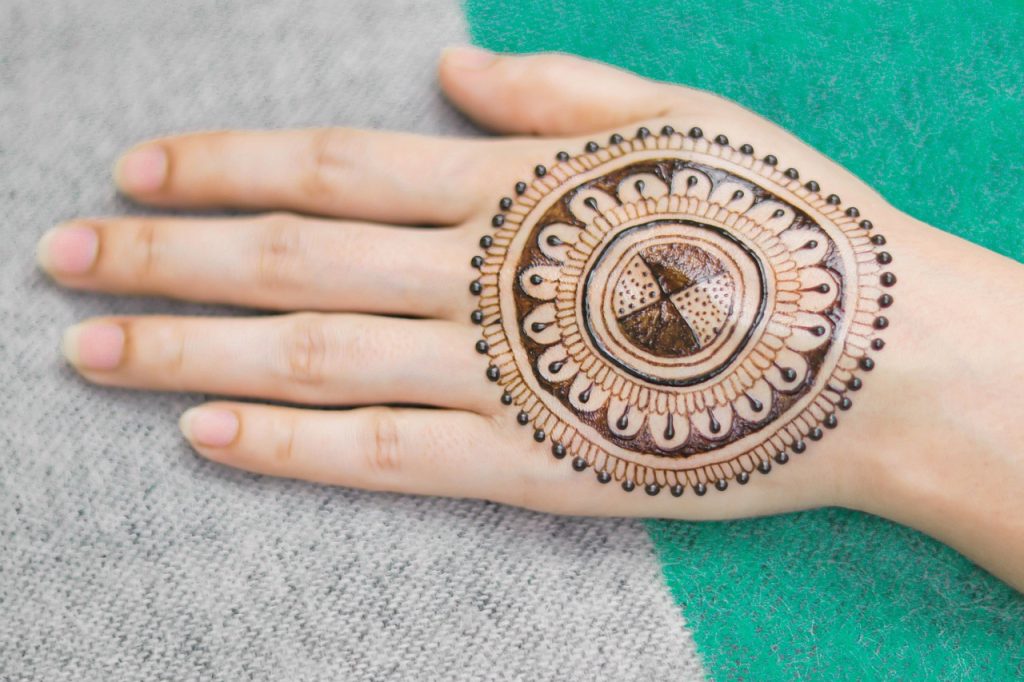
Arabic mehndi designs are known for their intricate patterns and artistic flair. Unlike traditional Indian mehndi, Arabic designs typically feature larger floral motifs and bold outlines. Full hand designs cover the palm, fingers, and sometimes extend towards the wrist, creating a stunning visual impact.
The beauty of Arabic mehndi lies in its versatility. You can find anything from simple patterns to elaborate designs that take hours to create. This style of henna is often used during weddings, festivals, and various celebrations, symbolizing joy and festivity.
What are the characteristics of Arabic Mehndi Design?
Arabic mehndi is distinguished by its use of open spaces, unlike the more compact Indian styles. Common motifs include:
- Floral patterns
- Leaves and vines
- Geometric shapes
- Peacock and paisley designs
These characteristics make Arabic mehndi designs ideal for full hand applications, allowing the beauty of the motifs to shine.
Did You Know?
According to a study by NCBI, mehndi is not just an art form; it is also thought to have medicinal properties due to its natural ingredients.
Popular Arabic Mehndi Designs for Full Hands
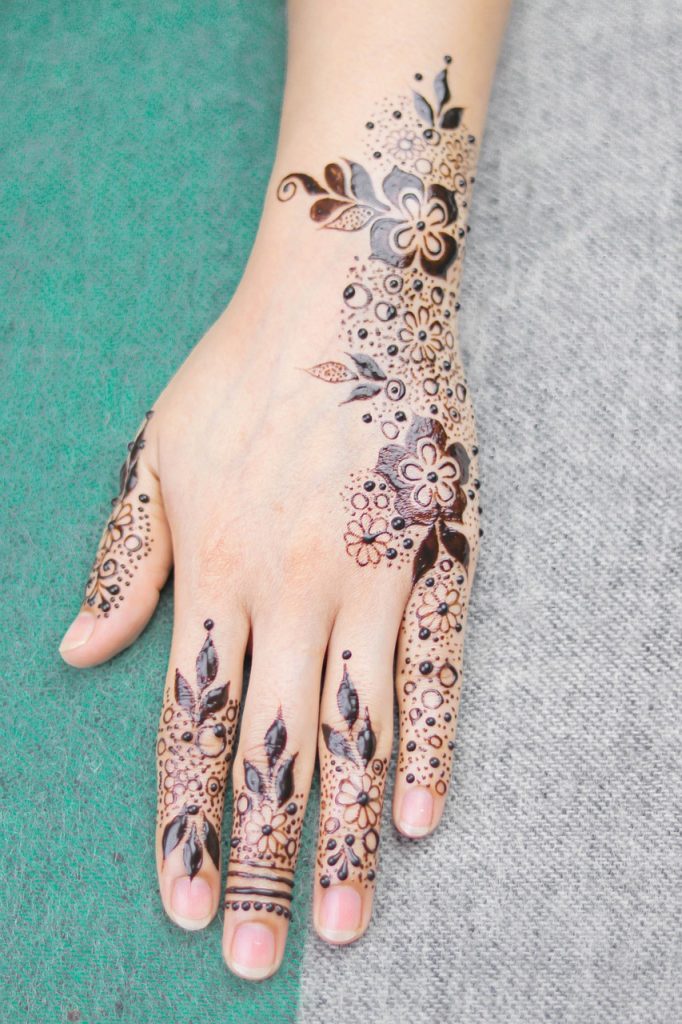
Some of the most popular Arabic mehndi designs for full hand include intricate floral wristbands, large paisley patterns covering the palms, and mesmerizing geometric shapes. These designs often draw inspiration from nature, which adds a unique charm to each application.
As you explore Arabic mehndi, you’ll notice that many designs have their cultural significance, often symbolizing protection, love, and good fortune.
How can I choose the best Arabic Mehndi design for my occasion?
Choosing the right mehndi design depends on several factors, including your personal style, the occasion, and the time you have before the event. Here are a few tips:
- Consider the event’s formality: For weddings, opt for more elaborate designs.
- Think about your outfit colors: Ensure your mehndi complements your attire.
- Choose a design based on preference: Some may prefer intricate designs while others go for simpler aesthetics.
Expert Opinion
Henna artist Ayesha Malik notes, “The right mehndi design should resonate with your personality and the significance of the event.” This insight can guide you in making the perfect choice.
Caring for Your Arabic Mehndi Design
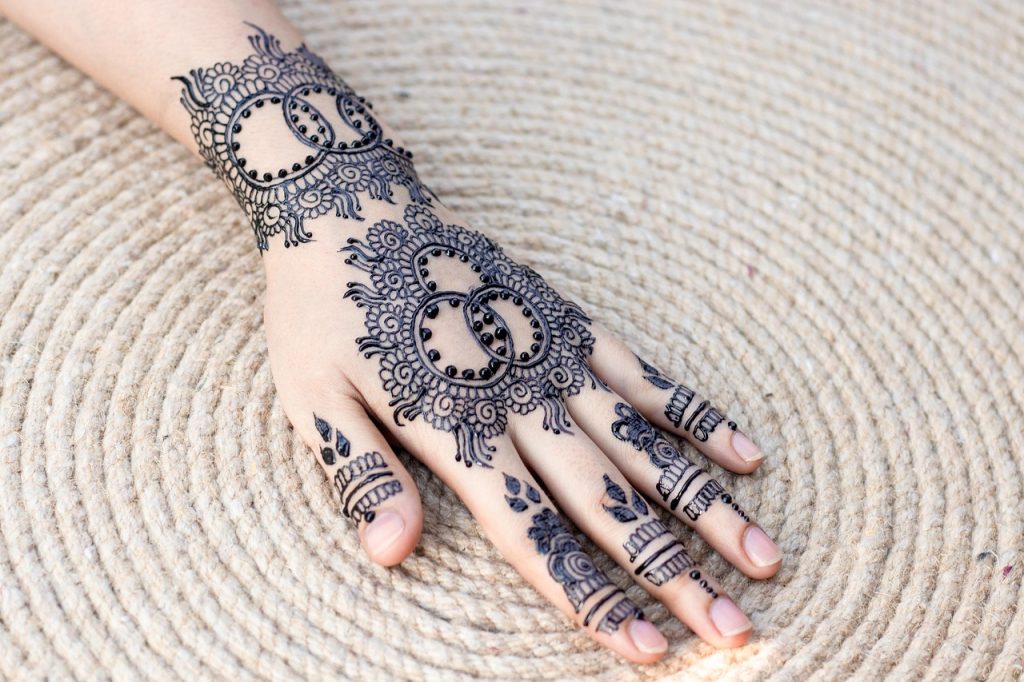
After applying your Arabic mehndi design, proper care is essential for ensuring its longevity. Here are some vital tips:
- Avoid washing hands immediately after applying mehndi.
- Keep your mehndi as dry as possible for the first few hours.
- Moisturizing with natural oils, like coconut or almond oil, can enhance the richness of the color.
These tips can help your mehndi last longer and look vibrant.
What is the best way to remove mehndi when I’m done?
The best and most effective way to remove mehndi is by using a mixture of lemon juice and sugar. This not only helps in peeling off the henna but also nourishes the skin.
Insight from an Industry Expert
According to henna artist Maya Rajput, “Using natural methods for henna removal can prevent skin irritation or allergic reactions. Always perform a patch test to ensure safety.”
Conclusion
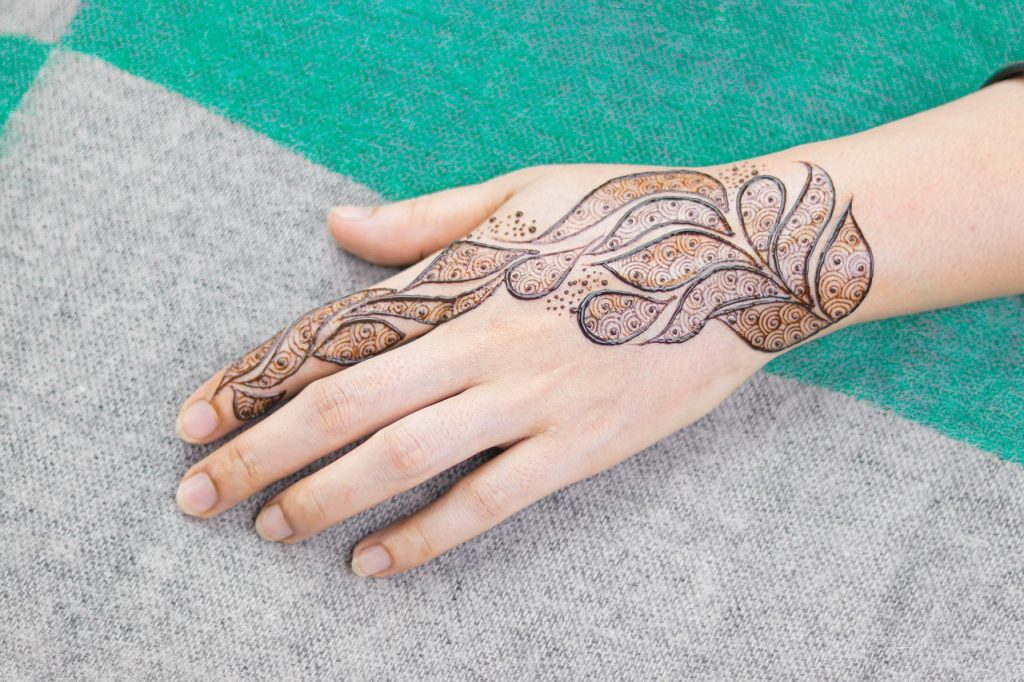
Arabic mehndi designs for full hands offer a captivating way to express cultural heritage and personal style. By understanding their characteristics, choosing the right design, and properly caring for your mehndi, you can enhance your experience and ensure stunning results.
If you enjoyed this article, don’t forget to subscribe for more delightful design ideas and tips, or share this post with friends who love henna!
